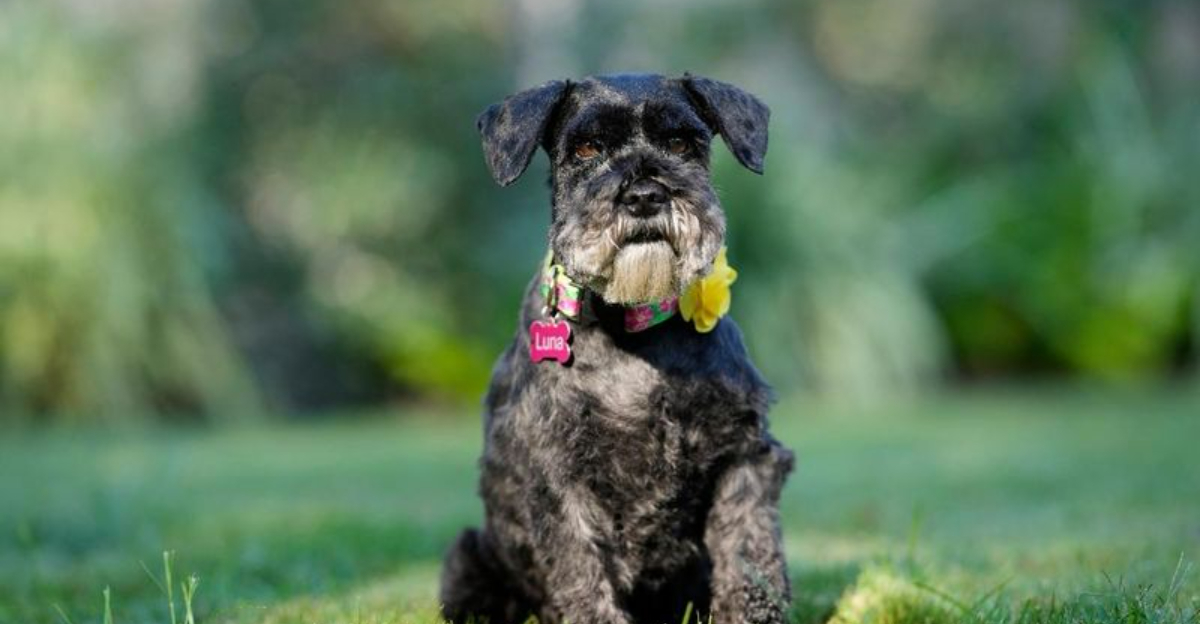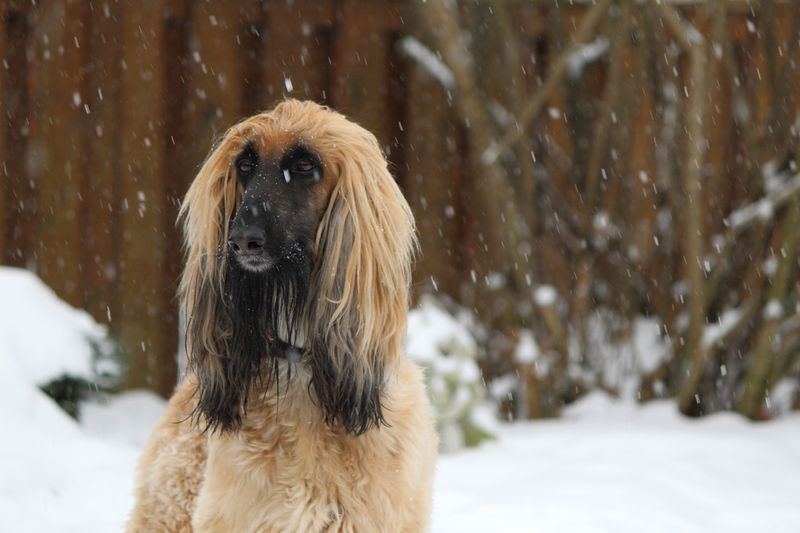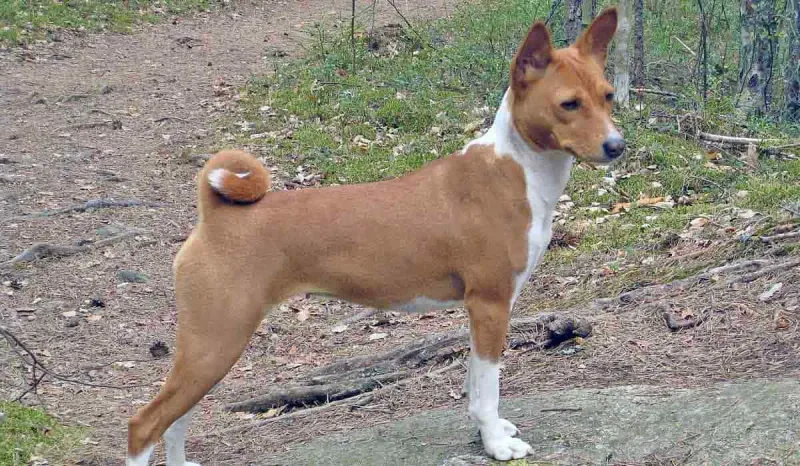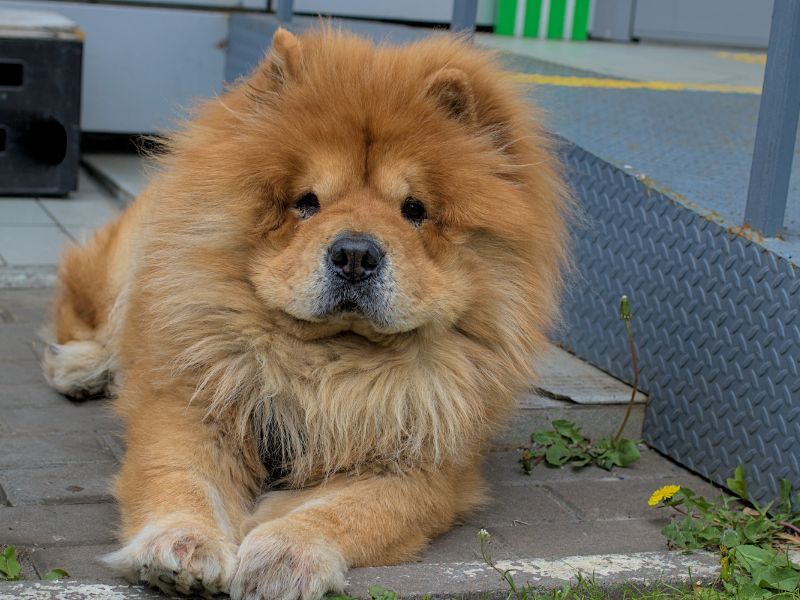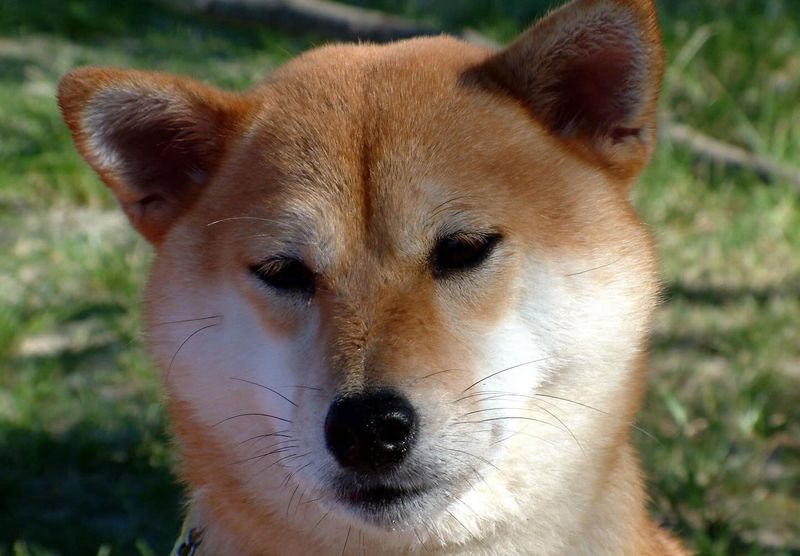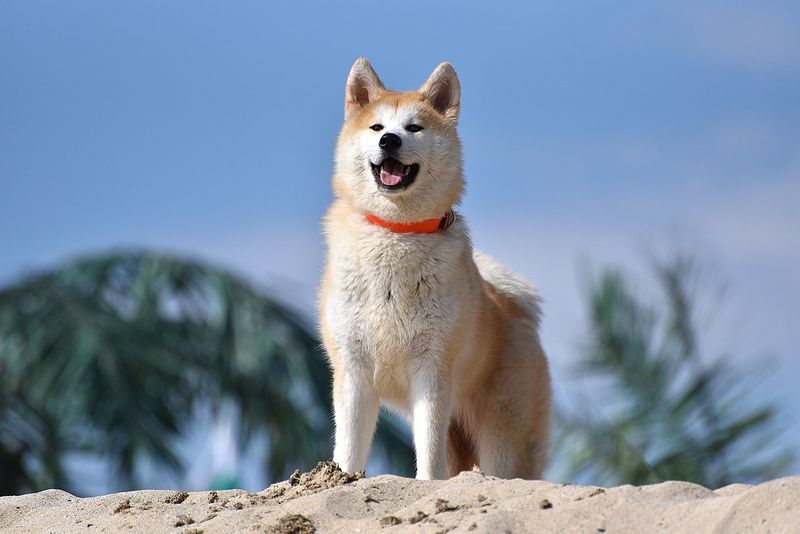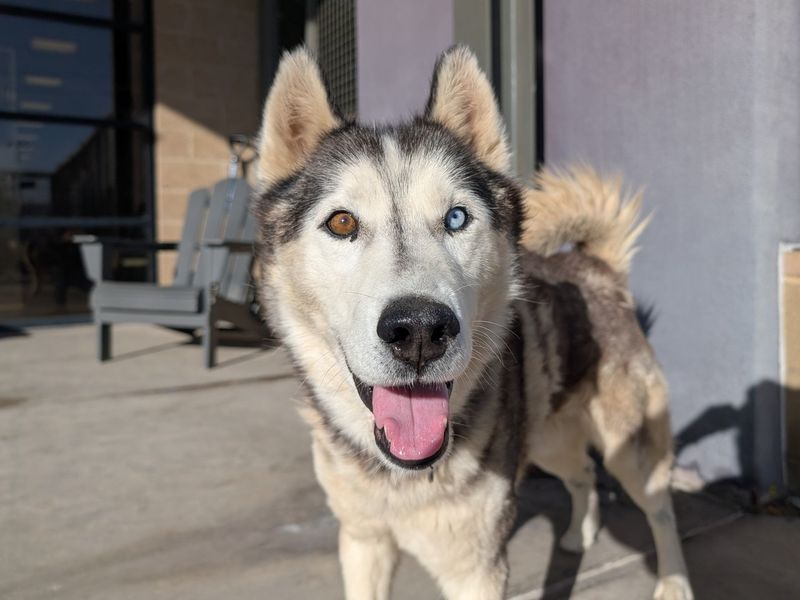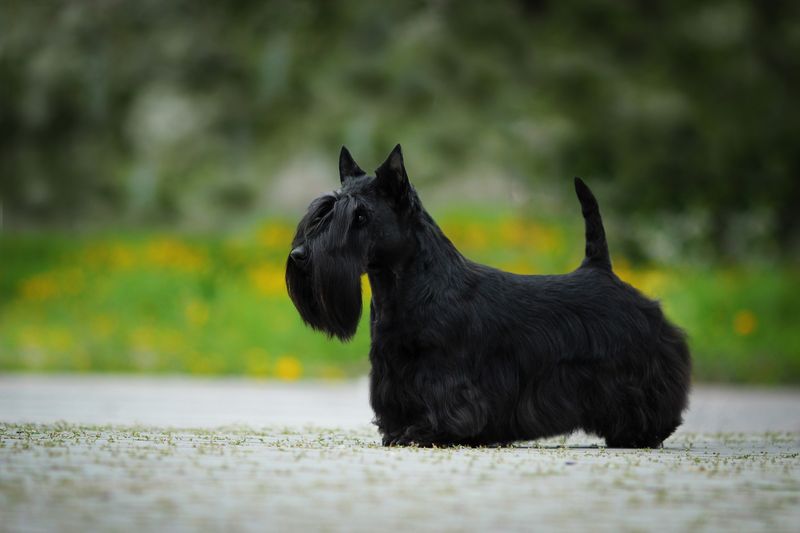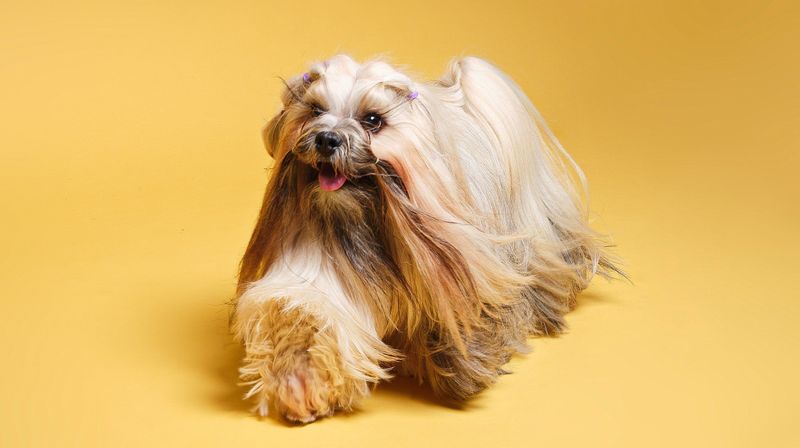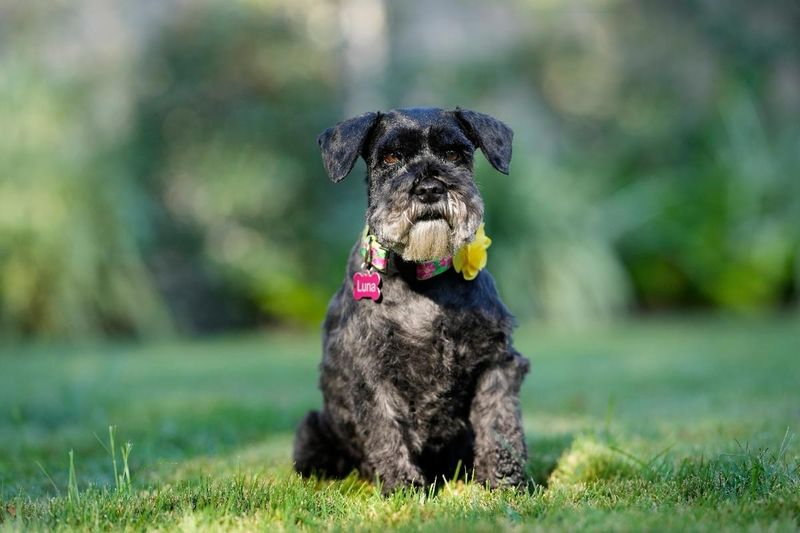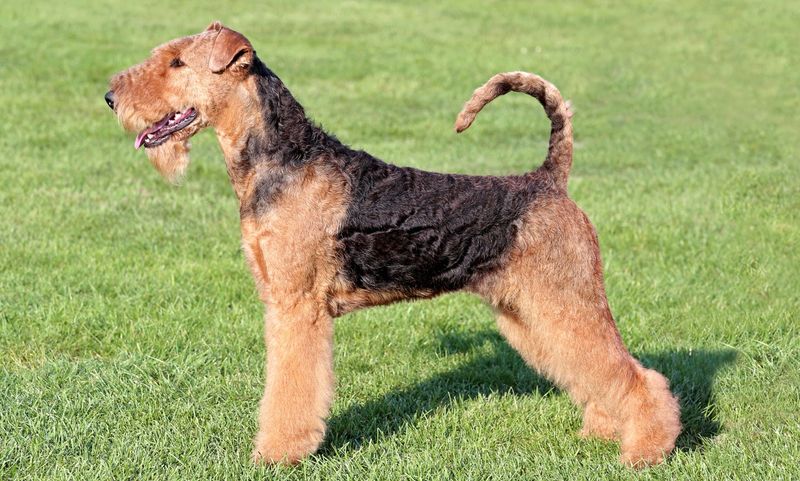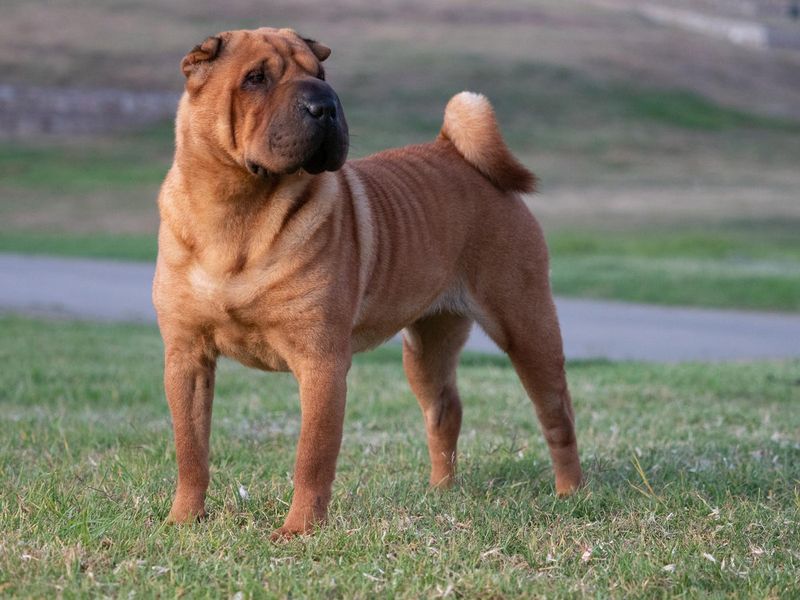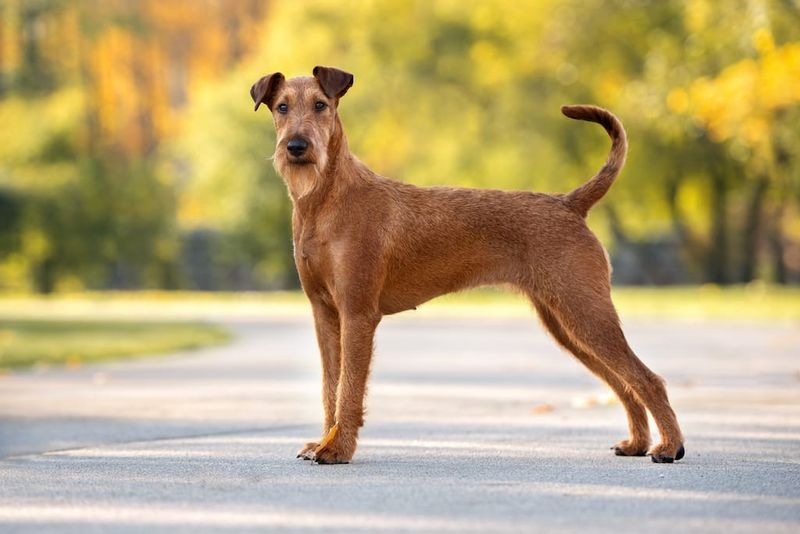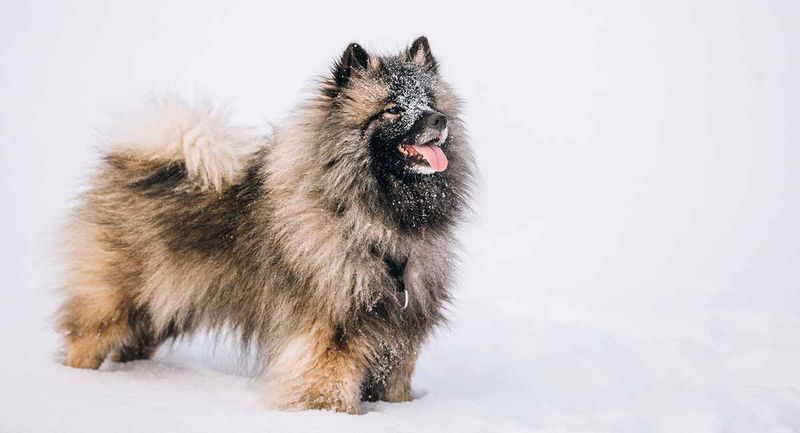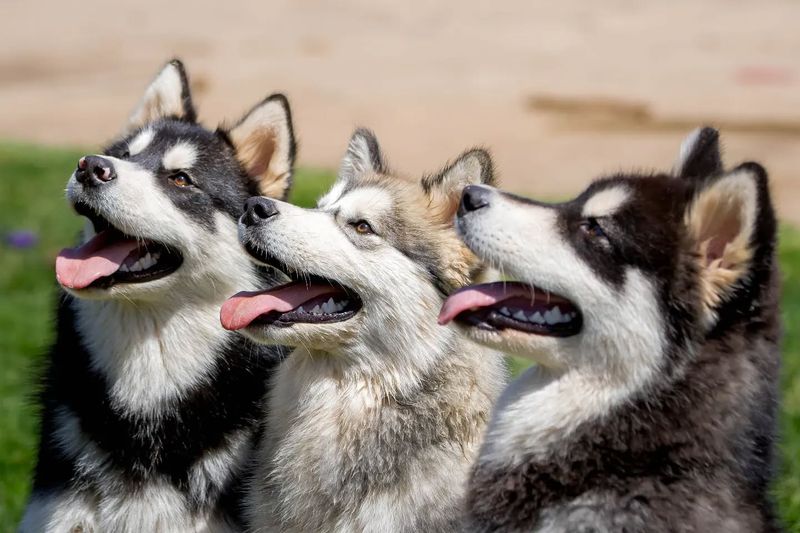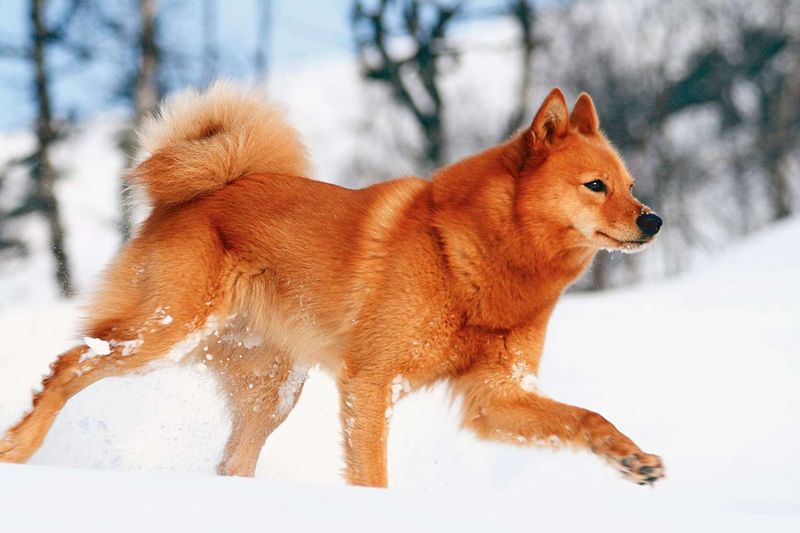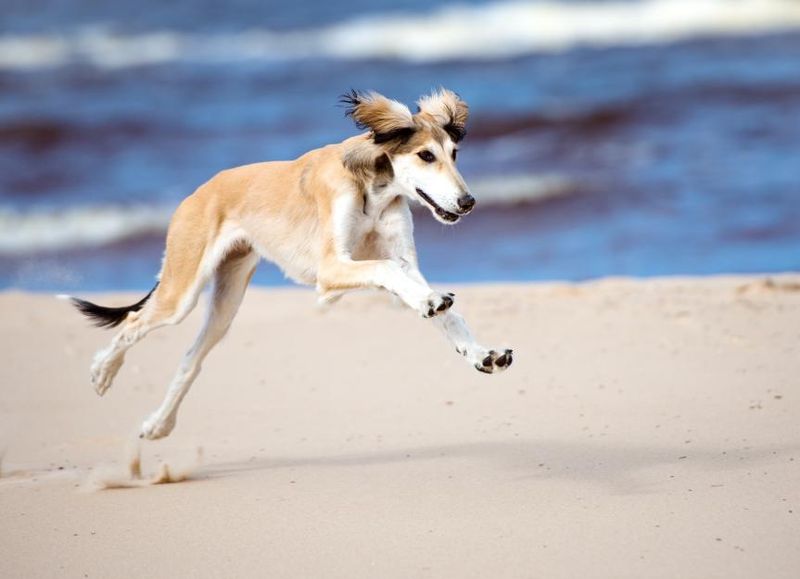Independent dog breeds possess strong wills and unique personalities. These breeds often require firm, consistent training techniques to ensure they grow into well-mannered companions. Their independent nature can sometimes be misconstrued as stubbornness, but with the right guidance, these dogs can thrive. Understanding their distinct traits and historical backgrounds can aid in training efforts and deepen the bond between pet and owner. Each breed brings its unique flair and challenges. Let’s explore the diverse world of independent dog breeds that thrive on strong leadership and discover what makes each one special.
Afghan Hound
Graceful and elegant, the Afghan Hound is a breed that embodies independence. Known for its striking appearance and flowing coat, this hound’s aloof nature can be mistaken for disinterest. However, it is simply a breed that knows its mind. Training requires patience and consistency, as the Afghan Hound prefers to think for itself.
Engaging this breed in activities that stimulate its keen senses can be rewarding. Early socialization is key to managing its reserved demeanor around strangers, ensuring a well-balanced companion.
Did you know? Afghan Hounds were once prized by royalty for their hunting prowess.
Basenji
The Basenji, often known as the ‘barkless dog,’ captivates with its unique vocalization—a yodel-like sound. This breed, originating from central Africa, is both curious and independent. Training a Basenji requires creativity and persistence, as they are notoriously selective listeners.
Their ancient hunting heritage contributes to a strong prey drive, making a secure environment essential. They thrive on mental challenges and games that tap into their problem-solving skills.
Fun fact: Basenjis have been depicted in ancient Egyptian art, underscoring their longstanding relationship with humans.
Chow Chow
With its lion-like mane, the Chow Chow exudes an air of dignity and independence. This ancient breed, originating from China, is known for its strong-willed personality. Training a Chow Chow requires respect and firm leadership to establish trust and respect.
Early socialization helps mitigate its aloofness, making it more adaptable to modern living. Their loyalty to family is unmatched, though they may appear indifferent to strangers.
Fun fact: Historically, Chow Chows were used in hunting, guarding, and even pulling carts, showcasing their versatility.
Shiba Inu
The Shiba Inu, often described as spirited and alert, is Japan’s national treasure. Its fox-like appearance and bold attitude require knowledgeable handling. Training a Shiba Inu demands consistency, as they are known to have a mind of their own.
Their strong prey drive means they are best suited to homes where they can be securely contained. This breed’s loyalty is steadfast, yet they are not overly demanding of attention.
Did you know? Shiba Inus were originally bred to hunt small game in the mountainous regions of Japan.
Akita
Loyal yet independent, the Akita is a breed that commands respect. Known for its protective nature, the Akita requires a firm and consistent training approach. This breed thrives when given a purpose, reflecting its history as a hunter and guard dog.
Socialization from a young age is crucial to harness their protective instincts positively. Akitas form deep bonds with their families but can be aloof with strangers.
Fun fact: The Akita is a symbol of health, happiness, and long life in Japan, often given as a gift to new parents and those recovering from illness.
Siberian Husky
Known for its striking blue eyes and wolf-like features, the Siberian Husky is a breed full of energy and independence. Originating from Siberia, this breed is built for endurance and requires ample exercise.
Training a Husky can be challenging due to their stubborn streak, but positive reinforcement works wonders. They are social animals, thriving in a pack environment and forming strong bonds with their families.
Fun fact: Siberian Huskies were vital in the 1925 serum run to Nome, demonstrating their incredible resilience and importance in history.
Scottish Terrier
With its distinctive beard and eyebrows, the Scottish Terrier is a breed that stands out. This dignified dog, affectionately nicknamed the ‘Scottie,’ is known for its bold and independent nature. Training a Scottie requires patience and a sense of humor, as they can be quite stubborn.
They are excellent watchdogs, always ready to alert their owners to any unusual activity. Despite their independent streak, Scotties are deeply loyal to their families.
Did you know? The Scottish Terrier was a favorite of President Franklin D. Roosevelt, whose Scottie named Fala became a famous White House resident.
Lhasa Apso
The Lhasa Apso, with its luxurious coat and confident stance, is a breed with a long history as a sentinel outside Tibetan monasteries. This breed’s independence is matched by its keen intelligence and assertive character.
Training a Lhasa Apso requires consistency and fairness to navigate their strong-willed nature. They form strong bonds with their owners yet may be reserved with strangers.
Fun fact: The Lhasa Apso was considered a sacred dog in Tibet, believed to bring good luck and prosperity to its owners.
Standard Schnauzer
The Standard Schnauzer, with its distinctive beard and eyebrows, is a breed known for its intelligence and versatility. Originating from Germany, this breed’s independent nature is paired with a lively spirit and keen sense of adventure.
Training a Schnauzer requires consistency and creativity to keep them engaged, as their quick minds can easily become bored.
Did you know? Schnauzers were originally bred as farm dogs, tasked with guarding property and controlling vermin, showcasing their diverse skill set.
Airedale Terrier
The Airedale Terrier, often referred to as the ‘King of Terriers,’ is a breed known for its intelligence and independence. With its wiry coat and alert expression, the Airedale is both a capable hunter and a loyal companion.
Training requires patience and consistency, as they can be headstrong. They thrive in environments where they have a job to do, reflecting their working heritage.
Fun fact: Airedale Terriers were used as messenger dogs during World War I, demonstrating their bravery and intelligence.
Dachshund
The Dachshund, with its long body and short legs, is a breed full of personality and determination. Known for their playful nature, Dachshunds are also independent and can be stubborn when it comes to training.
Patience and positive reinforcement are key to guiding this spirited breed. Their keen sense of smell and hunting heritage make them excellent at tracking scents.
Fun fact: Dachshunds were originally bred to hunt badgers, their name literally meaning ‘badger dog’ in German.
Shar Pei
The Shar Pei, with its distinctive wrinkled skin and blue-black tongue, is a breed that stands out. Known for its independence and loyalty, this breed requires consistent training to manage its strong-willed nature.
Socialization from a young age helps Shar Peis adapt to new situations and people, ensuring they grow into well-rounded adults. Despite their reserved demeanor, they form deep bonds with their families.
Fun fact: Shar Peis were once rare and considered a status symbol in ancient China, used as guard dogs for nobility.
Irish Terrier
With its fiery red coat and spirited personality, the Irish Terrier is a breed full of courage and charm. Known for their independence, these terriers require a firm, yet loving hand in training.
They thrive in active homes where they can participate in various activities, reflecting their versatile working background. Despite their bold nature, Irish Terriers are deeply affectionate towards their families.
Fun fact: Irish Terriers were used as messengers during World War I, showcasing their bravery and intelligence.
Keeshond
The Keeshond, with its fox-like face and lush coat, is a breed known for being both affectionate and independent. Originating from the Netherlands, this breed was historically a watchdog on barges, requiring a keen sense of alertness.
Training a Keeshond involves balancing independence with the breed’s social nature. They form strong bonds and are often eager to please, making positive reinforcement effective.
Did you know? The Keeshond played a role in Dutch politics as a symbol of the Patriot faction in the 18th century, embodying loyalty and vigilance.
Alaskan Malamute
Built for strength and endurance, the Alaskan Malamute is a breed that thrives in cold environments. Known for their independent nature, Malamutes require firm leadership and ample exercise to channel their energy positively.
They are social animals, enjoying the company of both humans and other dogs, but can be reserved with strangers. Early training and socialization are crucial to managing their strong-willed character.
Fun fact: Alaskan Malamutes were used by the Inuit people for hauling heavy freight, playing a vital role in survival in harsh climates.
Borzoi
The Borzoi, with its elegant silhouette and dignified demeanor, is a breed known for its gentle yet independent nature. Originally bred by Russian nobility for hunting wolves, Borzois possess a calm and reserved temperament.
Training requires patience and gentle guidance, as they can be sensitive to harsh methods. Borzois form strong bonds with their families but require an understanding approach to their unique character.
Fun fact: Borzois were a favorite among Russian aristocracy, often depicted in art and literature as symbols of grace and nobility.
Finnish Spitz
The Finnish Spitz, known for its fox-like appearance and lively bark, is a breed full of energy and independence. Bred for hunting in the dense forests of Finland, this breed requires consistent training and ample activity.
They are known as ‘bark pointers,’ using their voice to alert hunters to game, a trait that requires management in modern homes. Finnish Spitzes are affectionate with their families and enjoy participating in various activities.
Did you know? The Finnish Spitz is the national dog of Finland, celebrated for its hunting prowess and spirited nature.
Saluki
Graceful and regal, the Saluki is a breed with a rich history dating back to ancient Persia. Known for its gentle and reserved nature, the Saluki requires a soft approach to training that respects their independent spirit.
They thrive in environments where they can run freely, showcasing their incredible speed and agility. Salukis form close bonds with their families but may appear aloof to strangers.
Fun fact: Salukis are one of the oldest dog breeds known, often associated with royalty and depicted in ancient art, symbolizing grace and elegance.
